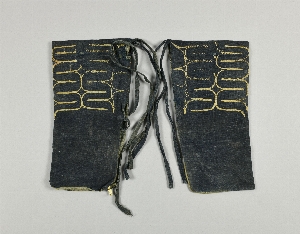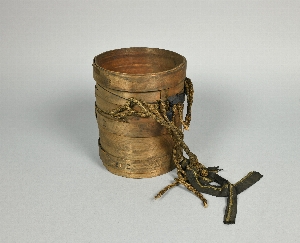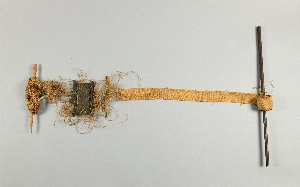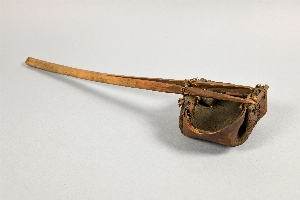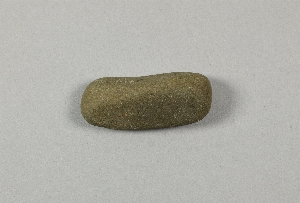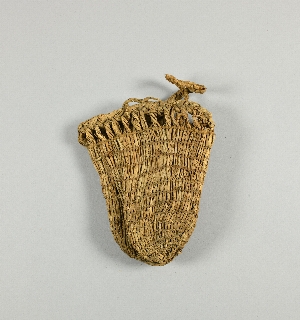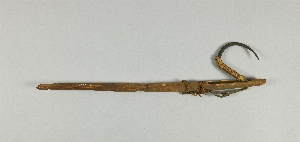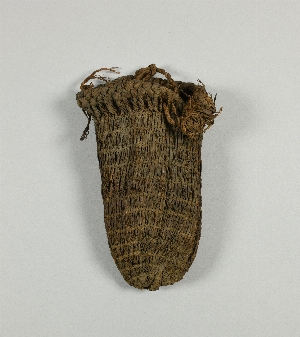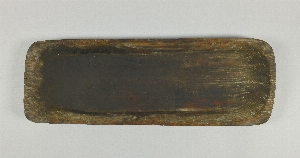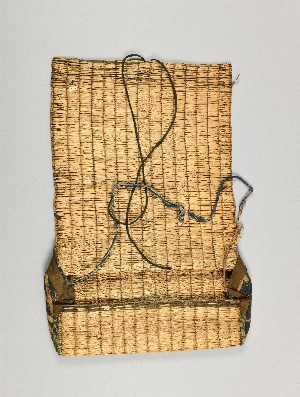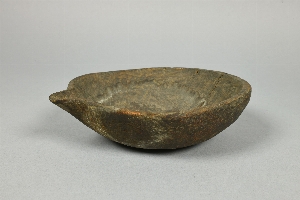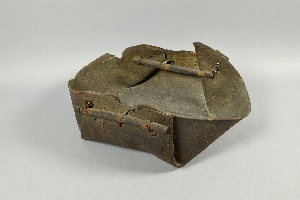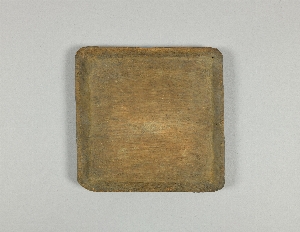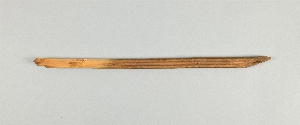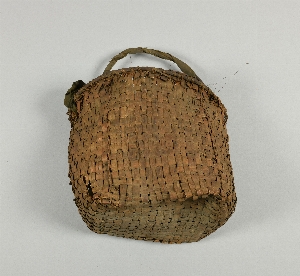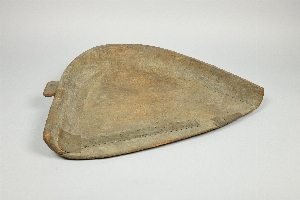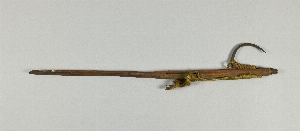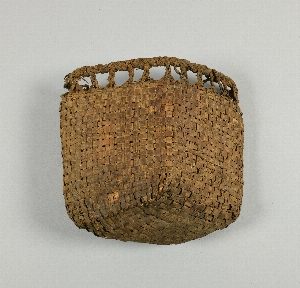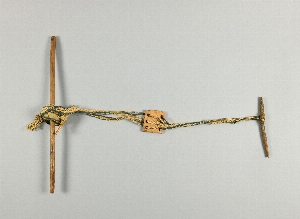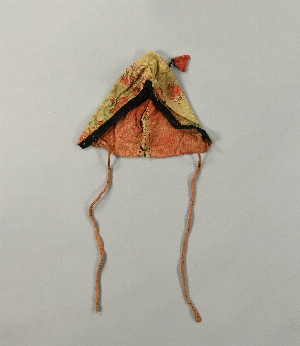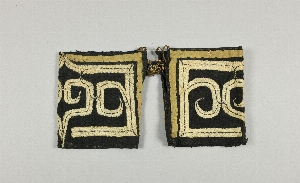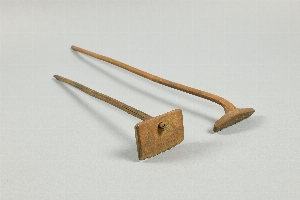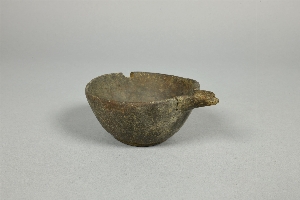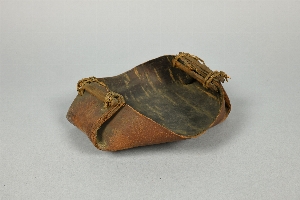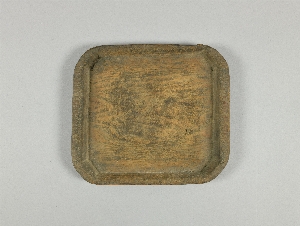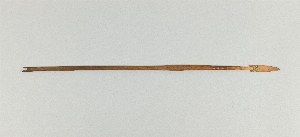Hokkaido, Japan
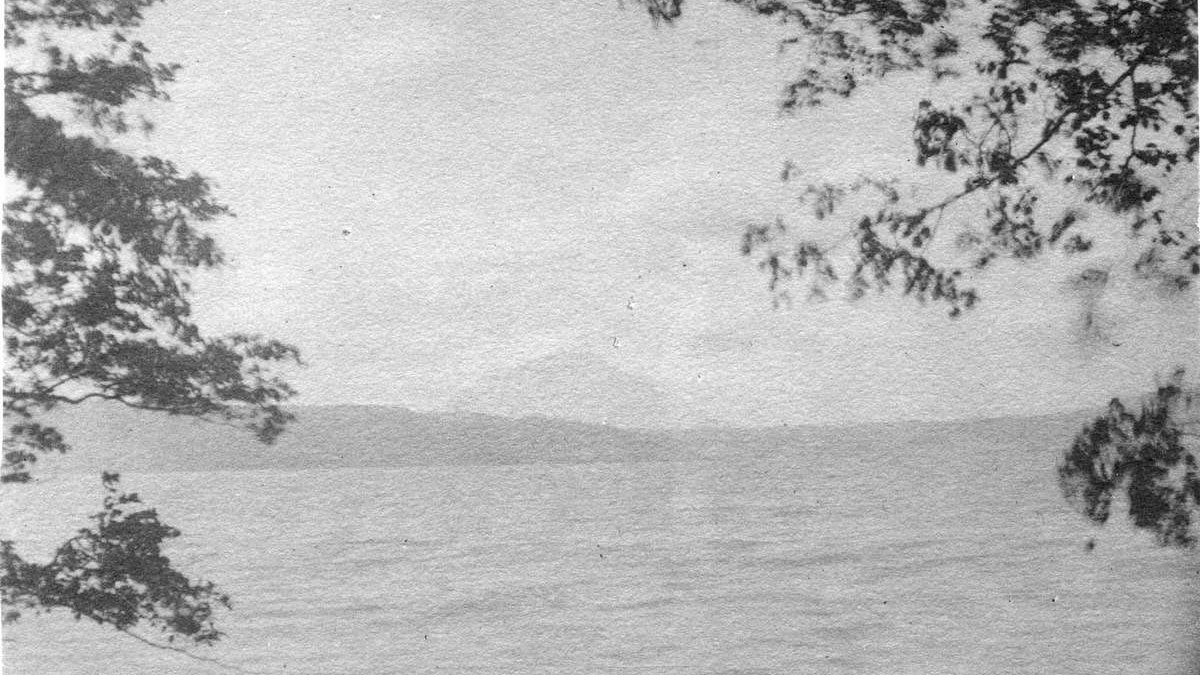
Hokkaido, the northernmost island of Japan, has been of interest to archaeologists and anthropologists for over a hundred years. In 1901, Hiram M. Hiller Jr. traveled to the island on behalf of the Penn Museum to collect a representative sample of artifacts from the Ainu culture. His trip lasted just over a month and stretched from the coastal villages near Shiraoi to a circuit around the Uchiura Bay (then known as Volcano Bay). The expedition produced over 250 artifacts as well as three journals of notes and numerous lantern slides, providing the Penn Museum with one of the best-documented Ainu collections in the US. Hiller also collected a small sample of pottery from the ancient Jomon culture which dates as far as back 12,000 BCE. This cord-impressed pottery is some of the oldest known in the world.
- Object[88]
- yes[88]
- no[88]
- asian[88]
- arrow[6]
- back scratcher[2]
- bag[1]
- basket[10]
- belt loom[3]
- bowl[7]
- burden strap[2]
- cake serving stick[1]
- carrying strap[1]
- ceremonial arrow[1]
- ceremonial bow[1]
- ceremonial sword[1]
- cloth sample[1]
- coat[1]
- cooking vessel[1]
- dipper[1]
- dish[2]
- flint[5]
- food serving plate[2]
- hold-all[3]
- hood[1]
- jaw harp[1]
- legging for corpse[2]
- leggings[5]
- lily root cake[2]
- loom[1]
- millet winnower[1]
- model[1]
- mourners' handwashing bucket[1]
- pestle[1]
- plate[3]
- prayer stick[3]
- salmon spear[3]
- spool[1]
- stake[1]
- steel[5]
- tinder box[5]
- tool[8]
- toy[1]
- warp spacer[2]
- weaver's sword[1]
- ainu[88]
- bamboo[15]
- bark[3]
- basketry[8]
- birch bark[3]
- cotton[13]
- deerskin[2]
- elm bark[3]
- elm bast[8]
- elm bast fiber[3]
- feather[1]
- fiber[3]
- flint[5]
- grass[2]
- leather[1]
- lily root[2]
- metal[3]
- plant fiber[1]
- rattan[1]
- rushes[4]
- steel[5]
- stone[8]
- vegetable fiber[1]
- willow[1]
- willow wood[2]
- wood[37]
- basketry[9]
- carved[2]
- embroidered[2]
- unfinished[3]
- woven[3]
- actual citation[45]
1 - 30 of 88 Records



